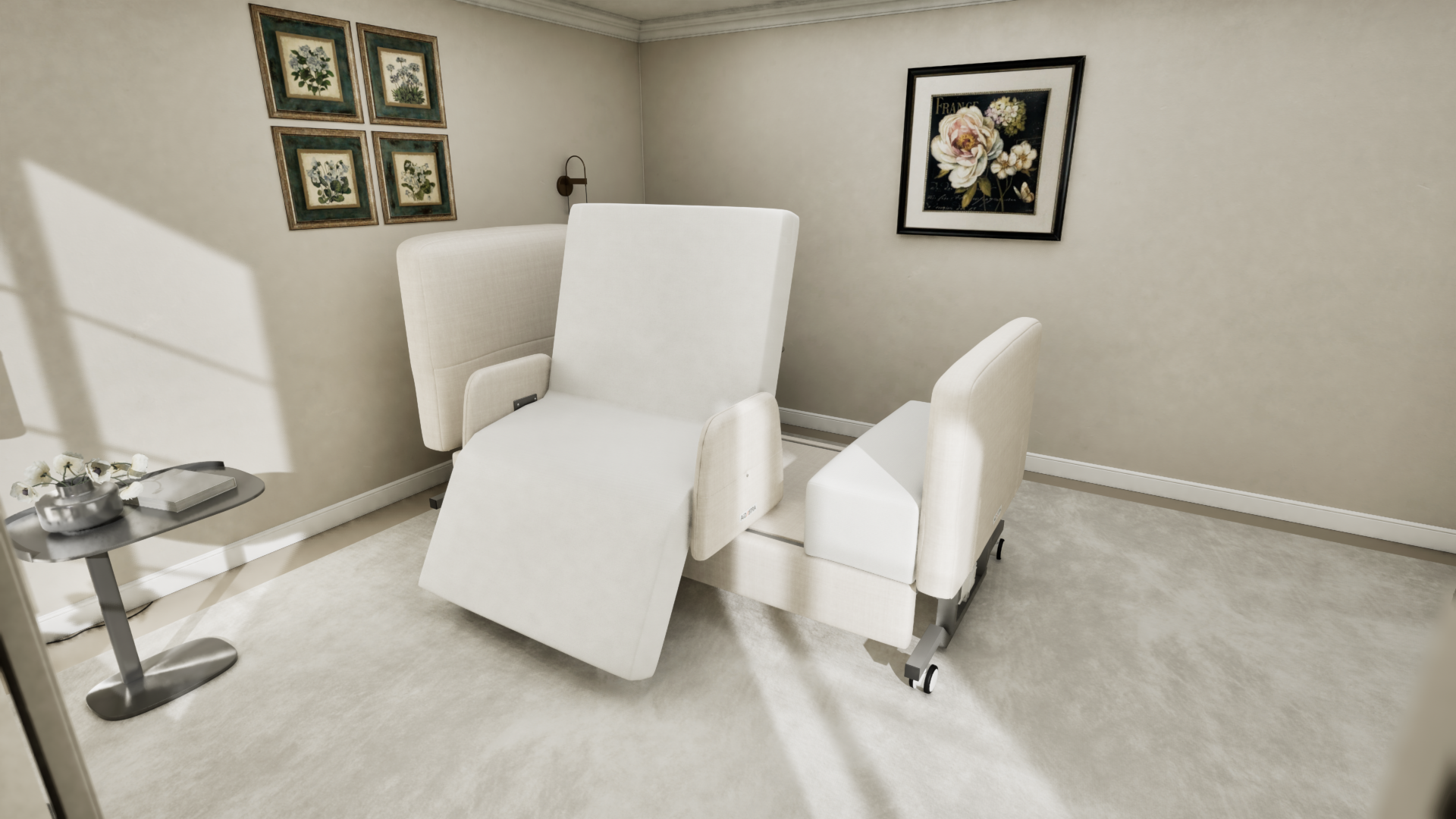The Of Hospital Beds For Home Use
The Of Hospital Beds For Home Use
Blog Article
Facts About Hospital Beds For Home Use Uncovered
Table of ContentsHospital Beds For Home Use Can Be Fun For EveryoneExcitement About Hospital Beds For Home UseThe Main Principles Of Hospital Beds For Home Use Our Hospital Beds For Home Use PDFsHow Hospital Beds For Home Use can Save You Time, Stress, and Money.The Hospital Beds For Home Use DiariesNot known Details About Hospital Beds For Home Use
There are three primary types of hospital beds: manual, semi-electric, and fully-electric. These beds use hand cranks to adjust the bed's height and elevate and reduce the head and the foot.
Semi-electric beds have an electric motor to elevate and decrease the head and foot parts of the bed. People and caregivers adjust the placing by pushing switches making use of a hand necklace. The elevation of the bed is adjusted manually with a hand crank. Full-electric beds have an electrical motor that can increase the head and foot sections of the bed as well as the whole elevation and positioning of the bed.
What Does Hospital Beds For Home Use Do?
There are several types of health center beds, each designed to satisfy particular person needs. Below are some common kinds: This is the most typical type of health center bed, developed for general clinical use.
Reduced to the ground than a common bed. This type of bed is made for bigger patients, with a bigger framework and higher weight capability than a common bed. This kind of bed is developed especially for children, with smaller sized dimensions than a standard bed. Unique features such as complete length side rails and animation design.
This sort of bed is developed for critically ill individuals that need open tracking and specialized clinical tools such as ventilators and mixture pumps. This type of bed is created for use during labor and delivery, with flexible placements and features to support the mom and child throughout the birth process.
About Hospital Beds For Home Use
Several feature and the devices do expanding traction to different components of the vertebra and the extremities without relocating the body. These are just a couple of examples of the kinds of healthcare facility beds offered. The specific type of bed used will depend upon the patient's problem, medical demands, and various other variables.
Here is things you need to understand. A one-function health center bed is a medical bed that enables a client to relocate only the head or foot area up or down. A 2 function healthcare facility bed normally describes a sort of clinical bed that has 2 flexible features to aid individuals in health centers or care facilities.

What Does Hospital Beds For Home Use Mean?
A 7-function ICU bed is a kind of medical bed that provides several adjustable features to sustain critically unwell patients in a critical care unit (ICU) (hospital beds for home use). The 7 features generally consist of: Back-rest modification: The back-rest can be readjusted to different angles to assist the client sit up or relax conveniently
Height modification: The bed can be elevated or decreased to make it much easier for people to enter and out of bed, and browse this site for caregivers like this to give treatment. Trendelenburg setting: The whole bed can be slanted to advertise blood flow and flow in the body. Reverse Trendelenburg setting: The bed can likewise be slanted in the opposite direction to promote blood flow and flow in the top body.
While even more economical than electric versions, these beds need exertion for adjustments. The primary advantages of hand-operated beds are their affordability and reliability, as they do not count on electrical power. However, the requirement for manual initiative can be a constraint in situations where quick modifications are needed or where caregivers encounter physical difficulties.
Everything about Hospital Beds For Home Use
Semi-electric healthcare facility beds offer an equilibrium of manual and electrical controls. These beds provide a suitable center ground between handbook and totally electrical options, providing convenience of use without the full price of electric models.
Semi-electric beds are appropriate for individuals who need moderate adjustments to the head and foot areas yet can take care of without regular elevation modifications. This makes them an affordable option for those looking for convenience and convenience without the demand for constant repositioning. Completely electric medical facility beds include electrical controls for smooth adjustments to the height, head, and foot sections.
Specialized healthcare facility beds, such as ICU beds, lasting care beds, and bariatric beds, are carefully developed to attend to particular clinical demands. These beds use customized look after varied individual groups, improving both results and comfort. In the adhering to areas, we will discover the main types of specialized medical facility beds, describing their details benefits and applications.
With years of experience in making electrical direct actuators - hospital beds for home use and close collaboration with the medical care sector, TiMOTION is well-positioned to provide trusted health care options. Our up and down integrated firm handles every action of the manufacturing process, from style to actuator assembly, guaranteeing we deliver phenomenal worth and tailored remedies customized to your details requirements
Things about Hospital Beds For Home Use

For more information regarding integrating these modern technologies into your items, contact us today. Further reading:.
Information is sourced from the Medicare Price Report.

Little Known Questions About Hospital Beds For Home Use.
A medical facility bed is a bed developed particularly for medical functions. It is not only an area for people to relax, but also a platform for clinical procedures. Unlike ordinary home beds, medical facility beds typically get redirected here have flexible features, which can facilitate medical staff to make numerous changes according to the requirements of clients, such as changing the height, inclination, and support angle of the back and legs of the bed.
Report this page